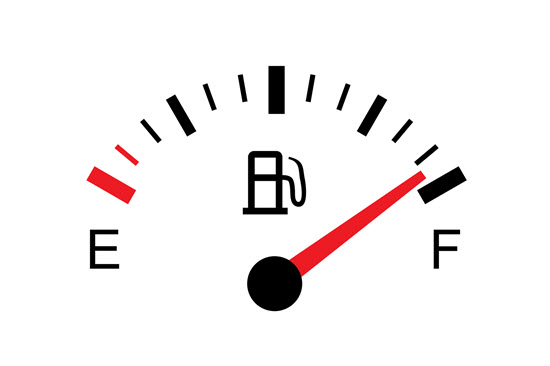
The Natural Eating Cycle is simple and straightforward: We feel hungry. We eat in response. The hunger stops. We stop eating and lose interest in food.
We could visualize those 4 steps as a circle because they form a continual, ongoing process. Eating that natural way is primal and elemental.
Babies are expert at it, although it obviously takes a parent or caretaker to feed them. The last step is one they have down cold, though. Have you ever tried to feed a baby who”™s not hungry anymore? Good luck.
That”™s how it”™s supposed to be.[wlm_private 'PRO-Platinum|PRO-Monthly|PRO-Gratis|PRO-Seasonal|Platinum-trial|Monthly-trial|PRO-Military|30-Days-of-PRO|90 Day PRO|Stages-Instructor|Schwinn-Instructor|Instructor-Bonus|28 Day Challenge']
Yet the natural eating cycle can go wrong, and sugar is one reason that can happen. More about sugar”™s effects later.
Unnatural eating patterns could include restriction (dieting or fasting); bingeing; purging (self-induced vomiting, abuse of laxatives, excessive exercise); irregular meal timing (skipping meals, grazing all day); extremely rapid eating; or eating a lot of food when not hungry.
I once read 2 different articles, each describing a “disturbed” eating cycle. According to the first cycle, an event disturbs our equilibrium. We eat. We feel fat and resolve to diet.
The other eating cycle went like this: We diet. We feel deprived. We binge.
No doubt some of your students have experienced one or both of those cycles. What if we put the two patterns together and look at interactions among the steps?
1. An event disturbs our equilibrium.
2. We eat.
3. We feel fat and resolve to diet.
4. We diet.
5. We feel deprived.
6. We binge.
The 6 steps in sequence seem reasonable, and form a pattern to which your students might relate. Based on clinical experience, though, I say there”™s more to it. Below are a few ways it might go.
Scenario A
We go all the way through steps 1-6. After we binge in Step 6, we then circle back to Step 3 — we feel fat and resolve to diet. From there, we continue through the lower part of the list, and cycle through Steps 3-6, possibly over and over.
Scenario B
We”™ve binged, presumably after Steps 1-5. That takes us to Step 1 at the top of the list: bingeing is the event that disturbs our equilibrium, so we eat in response to it. We might then continue to cycle through the remaining Steps 3-6, possibly over and over.
Scenario C
This one involves only Steps 1-3: the event that disturbs us, eating, feeling fat and resolving to diet. But in this scenario, resolving to diet — just anticipating the stress of dieting and deprivation — is enough to disturb our equilibrium, so we eat. Someone could stay stuck in Steps 1-3 in this way for quite some time.
How can sugar make any or all of these 3 scenarios more likely?
We might feel deprived in Step 5 because we gave up sugar to diet and are now experiencing sugar cravings.
We might feel stressed at the anticipation of dieting in Step 3 because it will mean giving up sugar.
With sugar, we might find ourselves at Step 1 more frequently, feeling more disturbed by a greater number of events. That could simply be because the neurochemical effects of sugar make it difficult for some people to maintain equilibrium. Almost any stage of sugar addiction, including withdrawal, can make our behavior (eating behaviors and others) more impulsive.
The natural eating cycle is a delicate balance. It”™s always subject to disruption, but eating sugar can disrupt it a lot more. If you have students who are struggling with unnatural eating patterns, please let them know.[/wlm_private]
- New Year’s Resolutions: A Sugar Addict’s Survival Guide - April 15, 2024
- Motivation vs. Enthusiasm - October 12, 2023
- Why Exercise Shouldn’t Be Just One Thing - November 9, 2022
